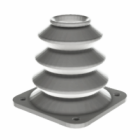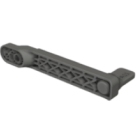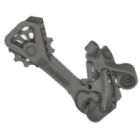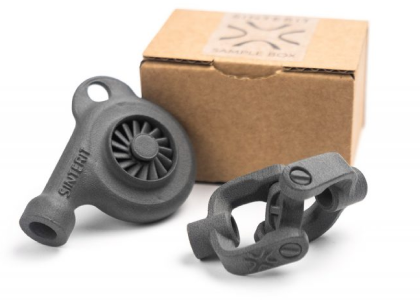3D printing definitions: G – L
G
G-code – a standardized machine language that instructs a 3D printer how to move, extrude material, and control temperature during the printing process. Generated by slicing software from a 3D model.
Gantry – the mechanical frame (often XY-based) that holds and moves the extruder or print head in FDM and SLA printers.
Gap fill – a slicing algorithm function that fills small voids between infill or wall structures, improving strength and surface quality.
Ghosting – also known as ringing; wavy distortions on surface walls caused by vibrations during fast movement or sudden direction changes.
Granulate – raw plastic pellets used in large-scale or industrial 3D printers that bypass filament.
H
Heated bed – a temperature-controlled build plate that improves adhesion and reduces warping of thermoplastics like ABS.
High-temperature polymers – engineering-grade plastics like PEEK, PEI (Ultem), and PPSU that require specialized printers to handle extreme processing temperatures.
Homogenization – post-processing or print settings designed to ensure uniform density and material properties throughout a part.
Hygroscopicity – the tendency of materials (especially filaments) to absorb moisture from the air, which can cause bubbling and degradation during printing.
I
Idle temperature – a standby nozzle temperature that avoids full retraction but prevents oozing between print operations.
Infill – the internal structure printed inside a 3D model to provide strength, support, and stability. It is typically defined by a percentage and pattern, affecting part weight and print time.
Interactive support – user-controlled placement of support structures in slicing software for optimized removal and minimal scarring.
Interface layer – the transition zone between support structures and the printed part, designed to ease removal while maintaining stability.
Isotropic properties – when a material has the same strength and behavior in all directions. 3D printed parts often have anisotropic properties.
J
Jitter – small inconsistencies or shakes in printed lines due to loose belts or unstable printer frames.
Jog controls – manual movement commands used to test axes or adjust nozzle/bed position in printer interfaces.
K
Kapton tape – heat-resistant polyimide tape used to cover build plates to improve adhesion, especially for ABS.
Knurling – a textured surface (often in tools or grip zones) that can be replicated in prints for functional or aesthetic purposes.
L
Lattice structure – complex, lightweight internal geometries often generated automatically to reduce weight while maintaining structural integrity.
Layer – a single horizontal cross-section of a 3D printed object, deposited sequentially during the printing process. Layers stack on top of each other to form the final part.
Layer height – the thickness of each individual layer in a 3D print, measured in millimeters or microns. It directly affects surface quality, print speed, and level of detail.
Layer shifting – a defect where layers are offset due to sudden movement issues, usually caused by mechanical slips or stepper motor skips.
Light engine – in resin-based printers (e.g., DLP), the component that projects light to cure photosensitive resin.
Download eBook “3D printing glossary”
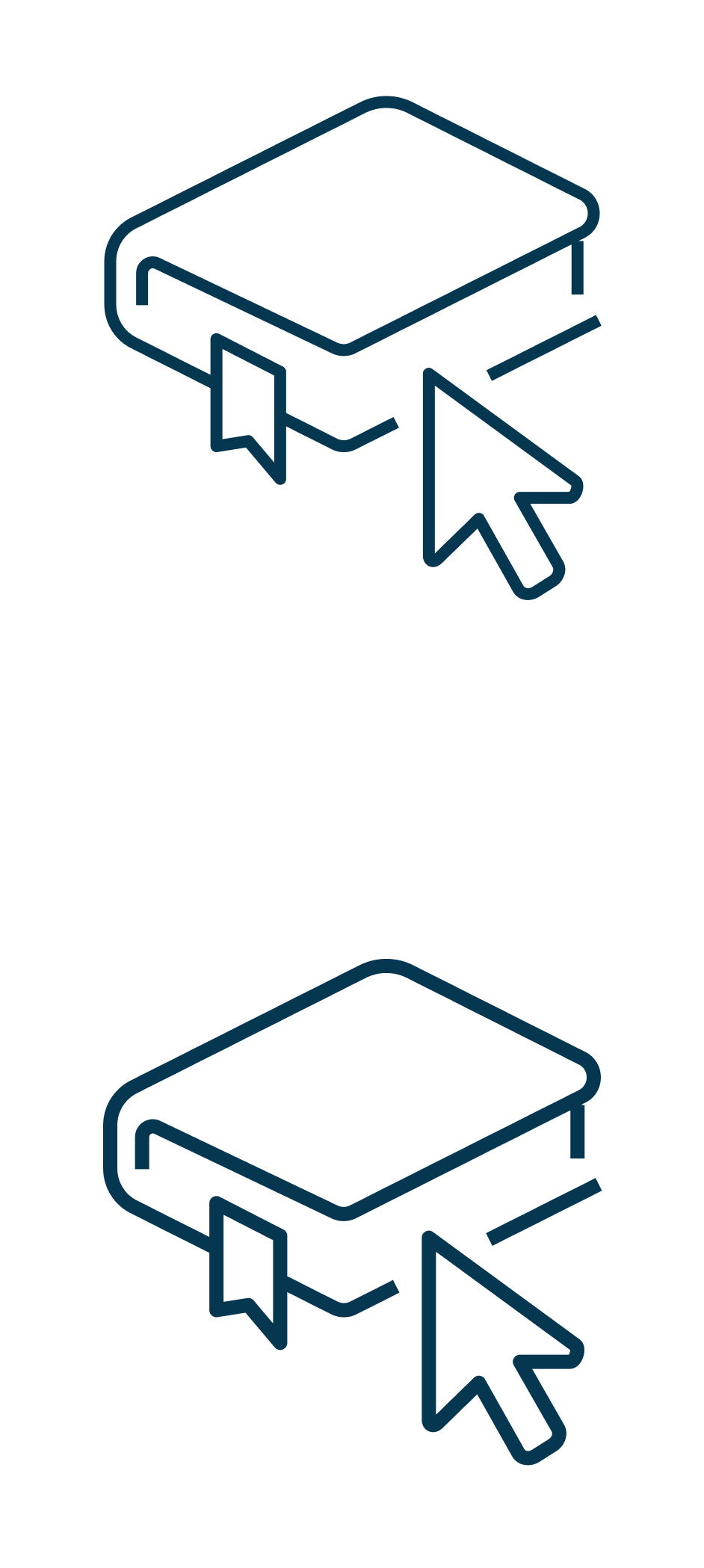
Explore also
Related categories




